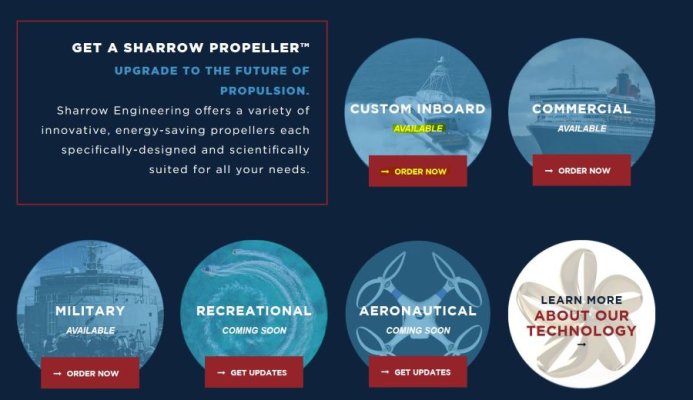rslifkin
Guru
- Joined
- Aug 20, 2019
- Messages
- 7,582
- Location
- USA
- Vessel Name
- Hour Glass
- Vessel Make
- Chris Craft 381 Catalina
Wow. One whole prop comparison published. What if the conventional props were the wrong fit for the test boat? No one has ever cherrypicked tests to make their product look good? Color me skeptical. I honestly hope they find a true step change in performance.
I absolutely agree that they didn't test a wide enough range of props for a good comparison. But even still, showing that big a gain with the same size prop is still significant.








